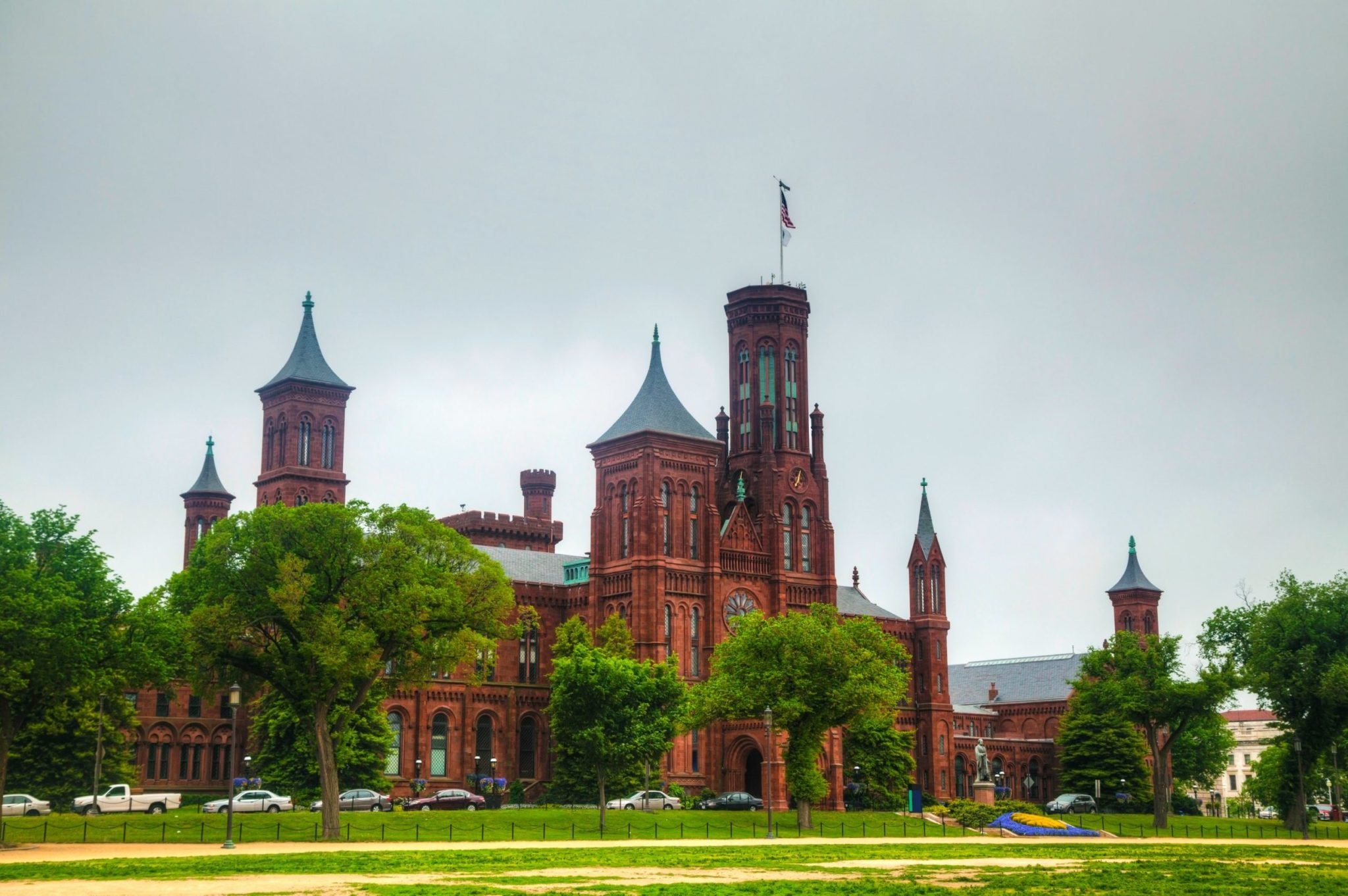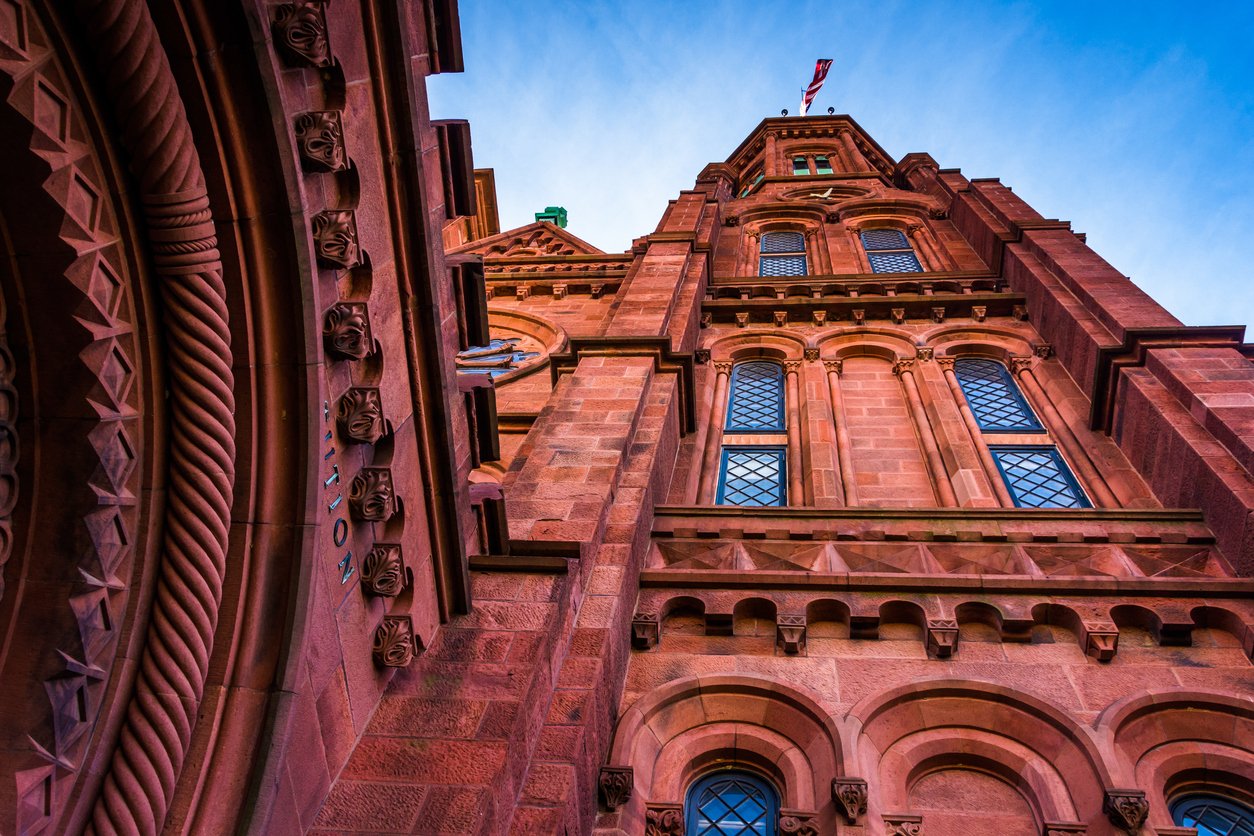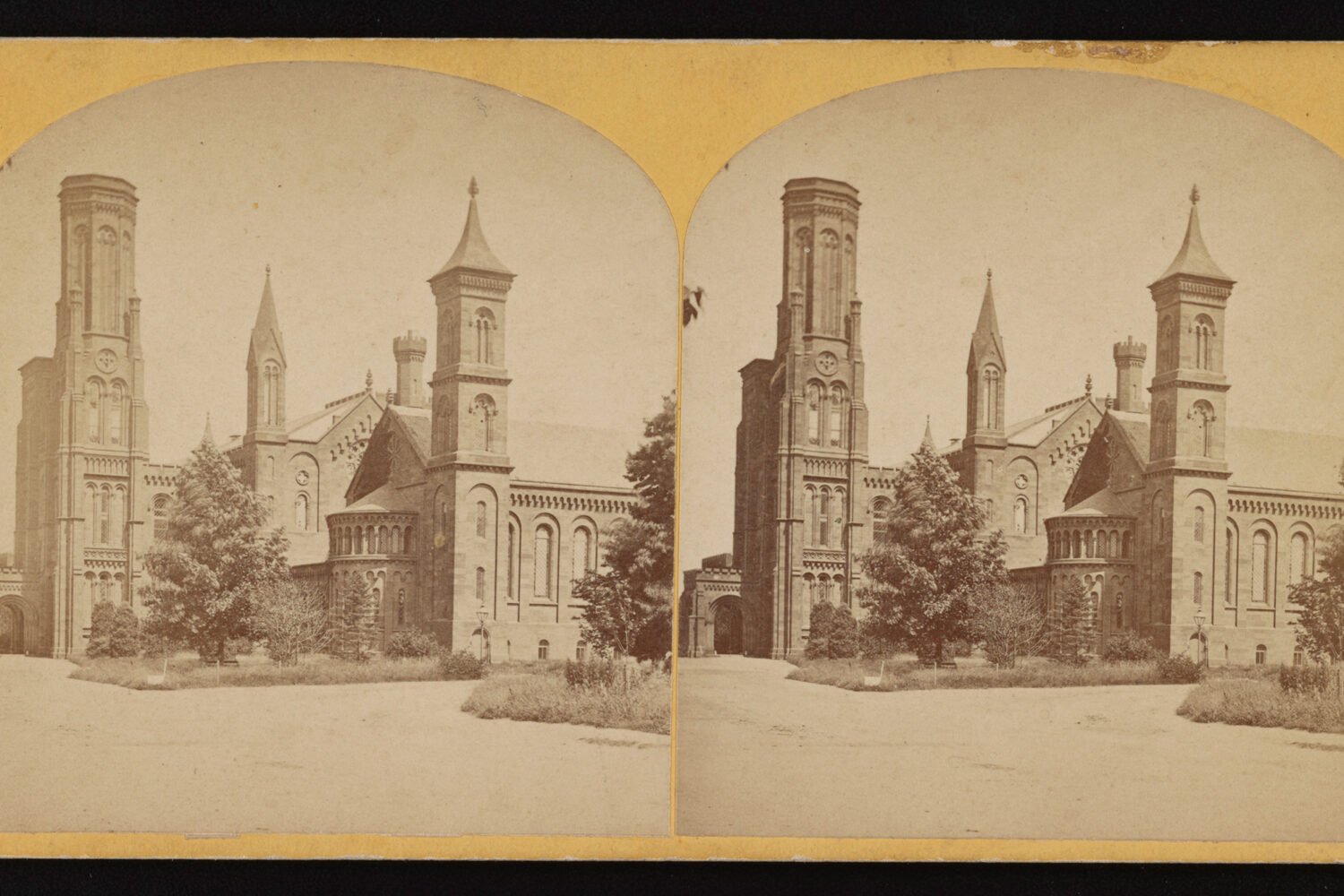A fire tore through the National Museum of Brazil during the night of September 2, destroying nearly 90 percent of its 20 million artifacts. The skull of Luzia, part of the oldest remains found in the Americas, as well as countless cultural and linguistic records of peoples who have disappeared, are among the items feared lost.
But could a similar tragedy happen in Washington? It’s very unlikely. The Smithsonian puts a great deal of thought into protecting its buildings and artifacts, according to J. Andrew Wilson, who oversaw fire safety for the museums from 1979 until 2011. “My mission at the Smithsonian for my 32 years there was to make it so the fire department never needed to be called,” he says. Wilson helped build fire-suppression systems that work automatically, “able to control or extinguish a fire without the assistance of the fire department.”
Walls in Smithsonian museums are even thicker than required by code, able to hold in fires for two hours when only required to do so for an hour, according to a Smithsonian spokesperson. And there are currently sprinkler heads in all of its buildings. In areas where sprinklers would damage artifacts, the museums have installed dry protection mechanisms, such as devices that rapidly suck oxygen out of the room. Its alarm systems and nearby fire hydrants are tested regularly, and the buildings are staffed with security and maintenance workers around the clock.
For Wilson, the Brazilian fire is a nightmare scenario. “It’s losing a piece of our culture, and it’s just devastating,” he says. “Because it’s not just the country’s properties and heritage—it’s all of our heritage. It’s just very hard.”
















